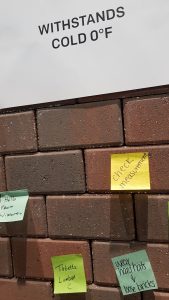Last month, the VSI staff and I attended the International Builders’ Show (IBS) in Orlando, Florida. Our mission was to check out the exhibits and presentations and see what we could learn about trends influencing our industry. I had a second private mission, to look for cool stuff.
This year’s IBS spanned 583,000 net square feet in the Orange County Convention Center’s North/South Concourse, the largest convention center in the world to achieve LEED GOLD certification. When the show opened on January 9, crowds rushed into the exhibit halls filling the corridors between vendor displays, proving the building industry is back. This year’s attendance surpassed 85,000, of which 60,000 were NAHB members—most of them, homebuilders. Homebuilders feel optimistic, and they were out in mass, looking for innovative products to build with.
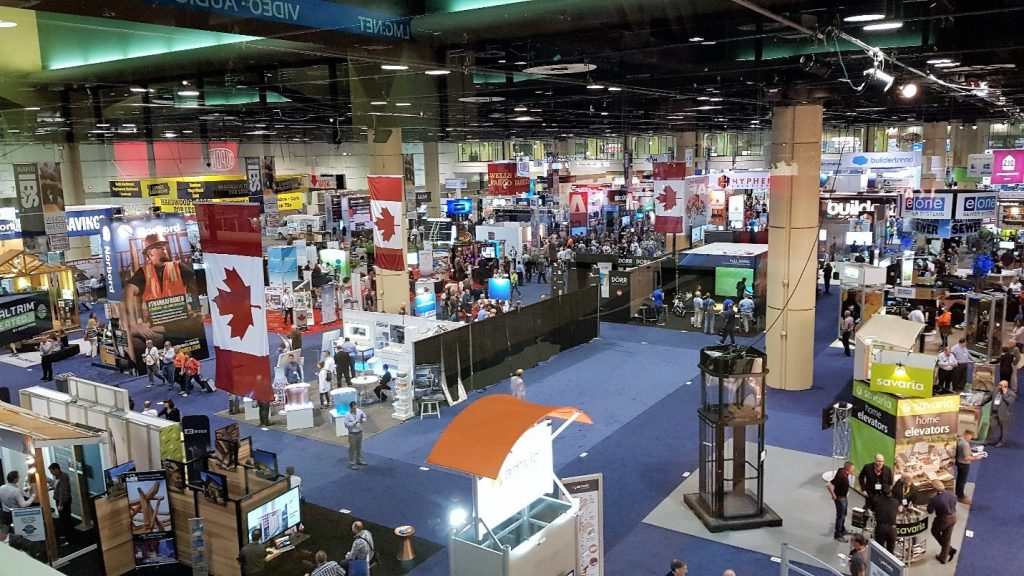
Figure 1. Vendors wait by their booths with anticipation minutes before the IBS show floor opened to the public.
Important Work on Behalf of the Industry
The VSI contingent arrived early to participate in two full days of pre-show activity, mostly meetings. I must admit, those first couple of days before the show floor opened with exhibits were, well… boring. Hours and hours of meetings about regulations, from green codes to red tape. Matt Dobson, Vice Pres. of Code and Regulatory, was in his element, at the negotiating table, arguing for sensible regulation about such obscure matters as the relationship between vented soffits and combustible mulch. You see, when someone throws a cigarette butt next to building and the peat flares up, the fire sometimes sweeps upward and into vented soffit, causing the roof to catch fire.
Matt helped craft reasonable code recommendations that addressed the extremely rare issue by limiting fireproof soffit requirements to only the most at risk areas, such as a few feet either side of building entrances, where smokers gather. Thus, mitigating the impact of what could have become a fire code ban on the use of vented vinyl soffit in apartment and commercial buildings. Way to go Matt!
Statistics Speak Volumes for Vinyl
One of the more interesting pre-show events came with the 2018 Housing and Economic Outlook news conference, where three prominent economists, led by the NAHB’s chief economist Robert Dietz, delivered the numbers from NAHB’s most recent surveys and models, along with the credit markets and their impact on builders and buyers, with predictions for the next 24 months. It’s all good.
The panelists, including Dave Berson, Chief Economist at Nationwide, and Frank Nothaft, Chief Economist at CoreLogic, a research firm, generally agreed that robust growth will continue, predicting 5% growth in single-family starts and continued strong demand in residential remodeling. They also forecast multifamily starts will level off this year, rather than continue the downward plunge experienced in 2017.
The consensus was: steady growth for the next 24 months, with some concerns for slowing, or even a mild recession in 2020.
Although we’re doing well, and growing, we’re still short of what’s needed. Historically low housing inventories should keep the winds of strong demand in our sails for the foreseeable future.
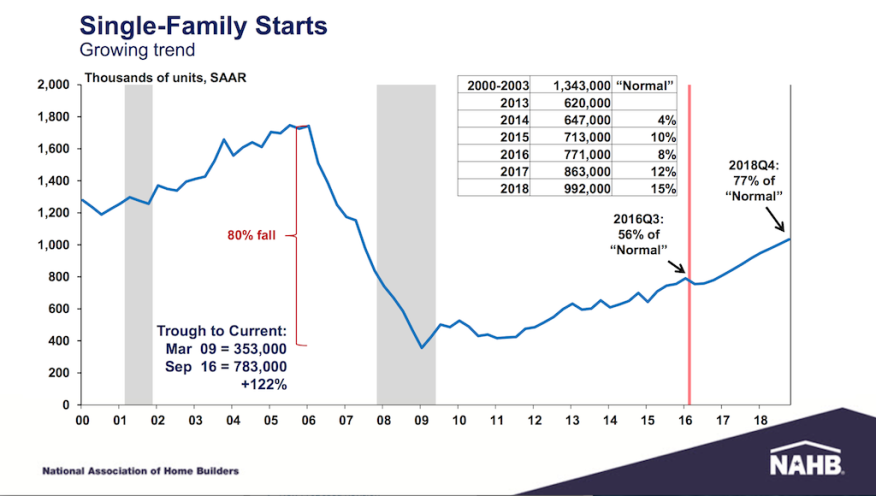
Figure 2. Graph showing comparative single family starts, from NAHB Economic and Housing Outlook, 2018 IBS.
Regulatory Winds Favor Polymerics
In the competition between vinyl siding and fiber cement, the referees called a penalty. OSHA’s tough new regulations on respirable crystalline silica may be a benefit for vinyl as some builders look for alternatives, including polymeric claddings that are not subject to OSHA’s new regulations.
Members Unveiling their Innovations
VSI members didn’t hold back in debuting their most innovative products, offering builders and architects current and contemporary cladding choices, such as Ply Gem’s new Mastic Home Exteriors line, Solar Defense II, which the company says is the only line of vinyl siding that comes with a No Fade, No Warp guarantee.
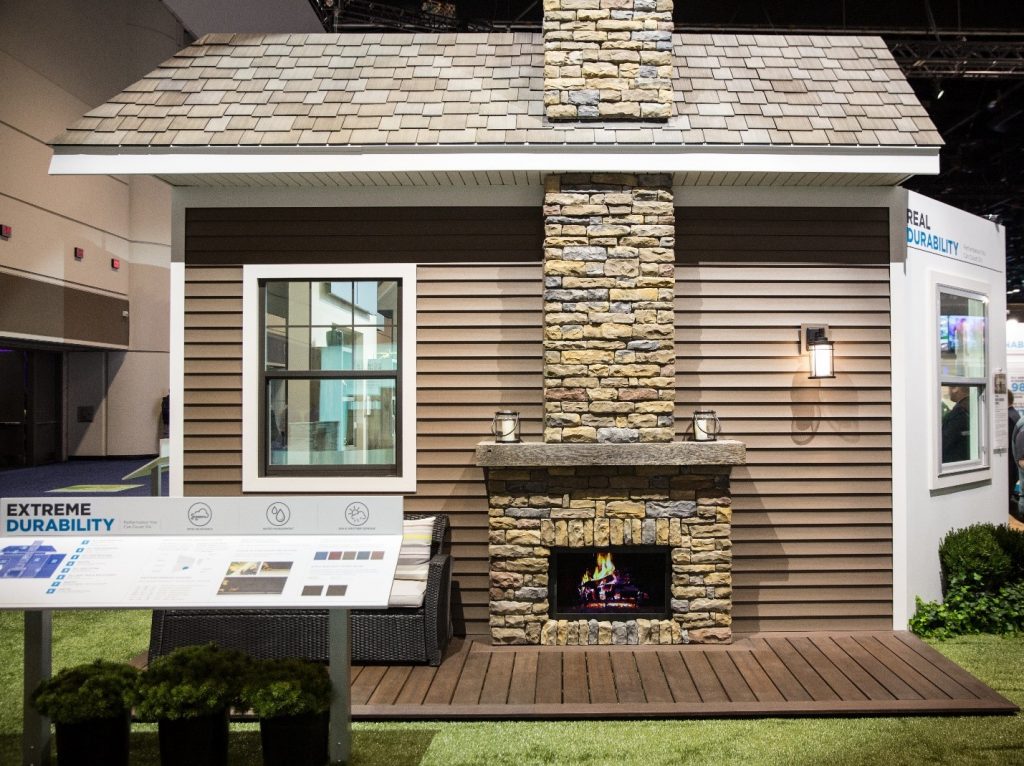
Figure 3. Mastic Exteriors exhibit at IBS showing company’s new, Solar Defense II line of vinyl siding with extreme durability for fading and warping, photo courtesy Ply Gem Industries Inc.
CertainTeed introduced their ICON Composite Siding, a polyurethane cladding that has no thermal movement and can butt up to trim and adjacent planks. It’s painted with a durable acrylic and you can caulk it–if you want to.
![]()
Figure 4. ICON Composite Siding by CertainTeed does not expand or shrink with varying temperatures, allowing butt joints at seams and trim–bye-bye J-Channel.
Royal Building Products introduced Cedar Renditions, a new line of thick gauge aluminum siding, responding to the growing popularity of metal siding profiles as building accents. Although not a polymeric cladding, the wide board and streamlined profile points toward a contemporary trend the industry would do well to embrace. The flat panels allow for a tight fit into J-channel that almost hides the fact. At arm’s length, the material looks butt-jointed, as the tight J-channel casts virtually no shadow.
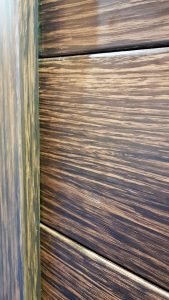
Figure 5 Royal Building Product’s Cedar Renditions aluminum cladding offers a wide, flat profile with sngu J-channel that eliminates the shadow lines architect’s object to in products that require a pocket.
Cool Hunting
Non-member companies also introduced innovative polymeric claddings, such as colored and paintable (primed) cellular PVC profiles.
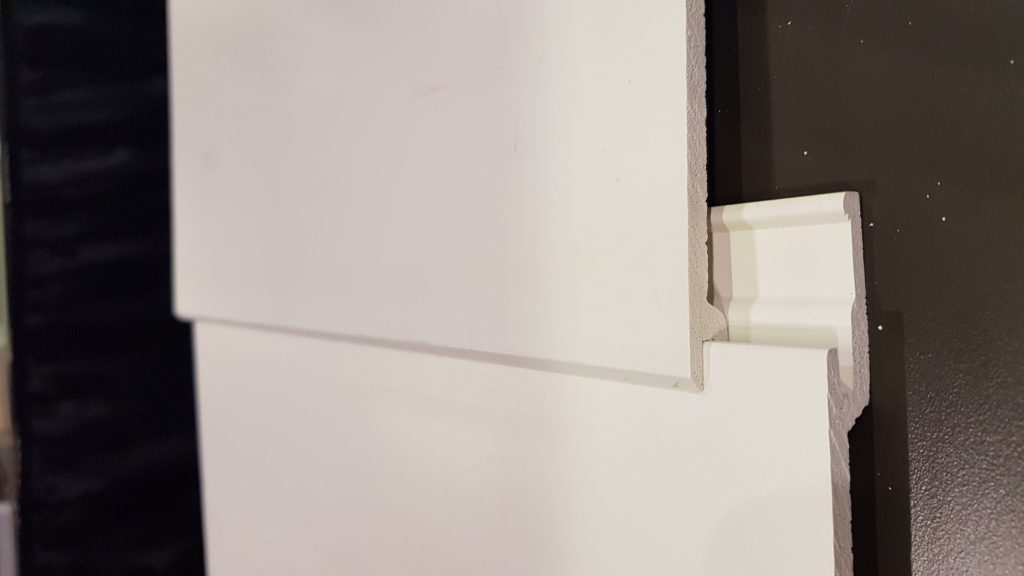
Figure 6. Cellular PVC siding profiles were on display at IBS from many small manufacturers, including primed and faux wood varieties.
Shipping container construction is all the rage, but the containers are difficult to work with. Hot, heavy and costly, they promise more than they deliver. One vendor offered a PVC siding product that provides the look, so a designer could develop a faux container building with industrial chic, but wood framing, insulation and lightweight construction.
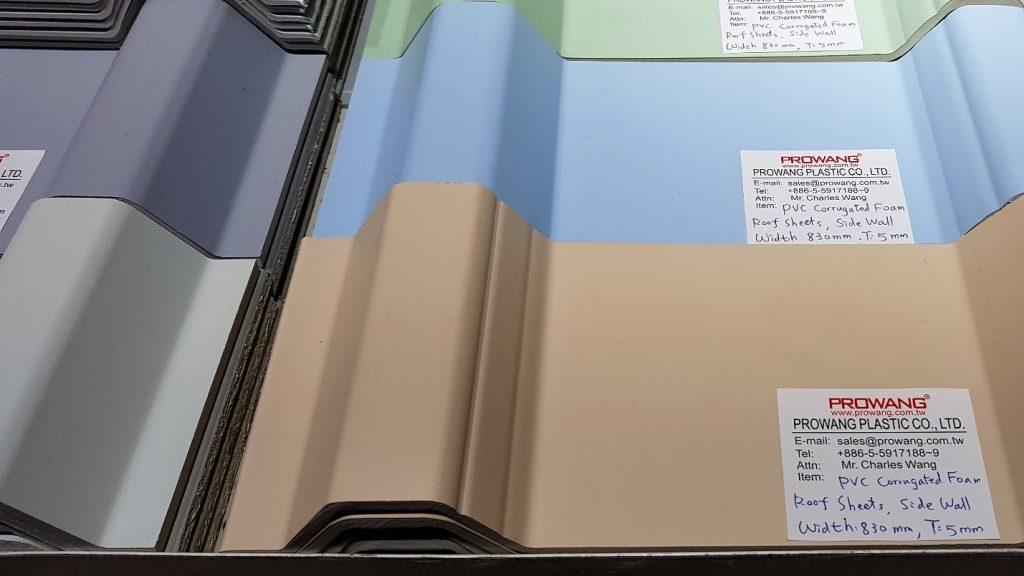
Figure 7. A corrugated PVC siding line that looks almost like metal used in shipping containers.
Some cellular PVC siding innovations were difficult to classify, and doubtful of broad market acceptance, but fun to look at nonetheless.
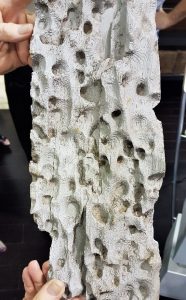
Figure 8 Driftwood cladding, anyone?
Best in Show
Despite all the great siding innovations, the most exciting product to debut at the 2018 International Builders’ Show – for me – was not a building product at all, but 3M’s Post-it EXTREME Notes.
Yup, a Post-it Note on steroids that sticks to construction surfaces in real world conditions from vinyl siding in the rain, to rough bricks in icy conditions or metal siding in blazing sunshine. Made with a new, Dura-Hold adhesive on a cloth-like paper, the Post-it EXTREME Notes peel off as clean as the old Post-it Notes, while adhering to almost anything under almost all conditions. If you have ever done punch lists, leaving notes around the building so contractors know what to repair, you understand how exciting this innovation is. It’s also good for labeling leftovers in the freezer.
